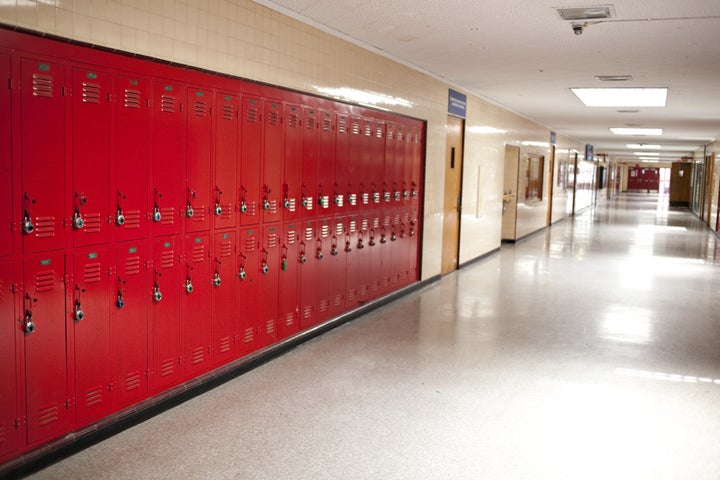
Kindergarten student Taylor P. has only spent a short period of time in school, but already the experience has been traumatic. Taylor, who attends school on her Havasupai Native American reservation in Arizona, is regularly left unsupervised in class, according to a new lawsuit filed today by nine of the school’s students. Once, when her kindergarten teacher was not present, she was pinned against a wall by another child and choked. After she first started school, the lawsuit says, she was sexually assaulted and penetrated by another student on the playground. She is without access to adequate textbooks and extracurricular activities.
Taylor is not alone. Students at the Havasupai Elementary School have systematically been denied of quality educational opportunities, according to the lawsuit. It’s not just the school’s fault. As a school operated by the Bureau of Indian Education, it is the federal government’s responsibility to make sure these kids are getting the resources to which they are entitled.
The Bureau of Indian Education ― part of the Department of the Interior ― is entrusted with funding over 150 schools and directly operating over 50, including Havasupai. However, the government has failed miserably in fulfilling these responsibilities, the lawsuit argues. The schools operated by the BIE tend to underperform on tests, have low graduation rates, and are sometimes in dire physical conditions, according to reports from the United States Government Accountability Office. Indeed, in 2013, U.S. Secretary of the Interior Sally Jewell told the Senate Committee on Indian Affairs that “Indian education is an embarrassment ... to you and to us.”
“Indian education is an embarrassment ... to you and to us.”
- U.S. Secretary of the Interior Sally Jewell in 2013
The situation at Havasupai is especially alarming. According to the lawsuit ― filed by five legal groups including the American Civil Liberties Union of New Mexico and Public Counsel ― students there are only given instruction in reading, writing and math, at the exclusion of subjects like science and art. The K-8 school is chronically understaffed, and sometimes shuts down for weeks at a time when teachers are not available. Secretaries and janitors are sometimes tasked with running classrooms. The school fails to deliver appropriate accommodations to students with disabilities, and does not offer culturally relevant education, says the lawsuit.
The lawsuit names the principal of the school, the Bureau of Indian and the Department of the Interior and its leaders as defendants. Lawyers on the case hope that it will have national implications for the quality of education offered to Native American students who attend BIE schools around the country. Currently, a vast majority of Native American kids attend public schools that are not operated by the BIE.
“Every day these students wake up go to school and see that absolutely nothing has changed,” said Kathryn Eidmann, staff attorney at Public Counsel on a call with reporters. “This institutional disregard communicates an unmistakable message that the government believes these children are disposable.”
The stories of the individual kids represented in the suit are shocking.
Stephen C., an 11-year-old student with special needs, has barely received any instruction since late November because the school is not able to provide the necessary special education services, the suit says. He has been a victim of the school-to-prison pipeline, and was prosecuted in federal court for messing with the wires of a school computer monitor.
“For too many years I have seen the BIE fail to give my grandson and other children a chance at decent education because of the BIE’s failures,” Stephen’s grandfather said on a call with reporters. “Stephen is in the sixth grade but does not have basic skills or knowledge. He is struggling to read and write.”
Another plaintiff, Anna D., had five different teachers over the course of the first grade, the suit says. Eighth-grade student Levi R. has been faced overly harsh discipline at the school. At 10 years old, the lawsuit alleges, the student with special needs was forcibly restrained by a teacher who sat and laid on him.
The education offered at Havasupai Elementary is a “stain on our national conscience,” said Eidmann.
A representative for the school said that they had no comment on the lawsuit.
The Bureau of Indian Education and the Department of the Interior did not immediately return requests for comment.
――
Rebecca Klein covers the challenges faced in school discipline, school segregation and the achievement gap in K-12 education. Tips?Email: Rebecca.Klein@huffingtonpost.com.
――
